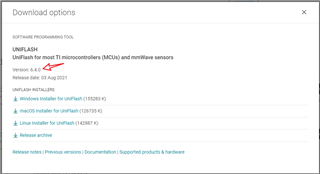Other Parts Discussed in Thread: UNIFLASH, MSP430FR5739, MSP-TS430RHA40A
Hello,
I have been tasked with moving from the old 1.4a MSP-FET to the new 2.0+ version.
Everything works fine, except when I go to read from the device, despite using the -a and -n flag on the MSP430Flasher.exe same as before,
it triggers a reset where the old debugger does not.
The MSP430Flasher lists "attempting read without reset" for both.
It is undesirable for this state to change for my application.
Is this a known issue?




